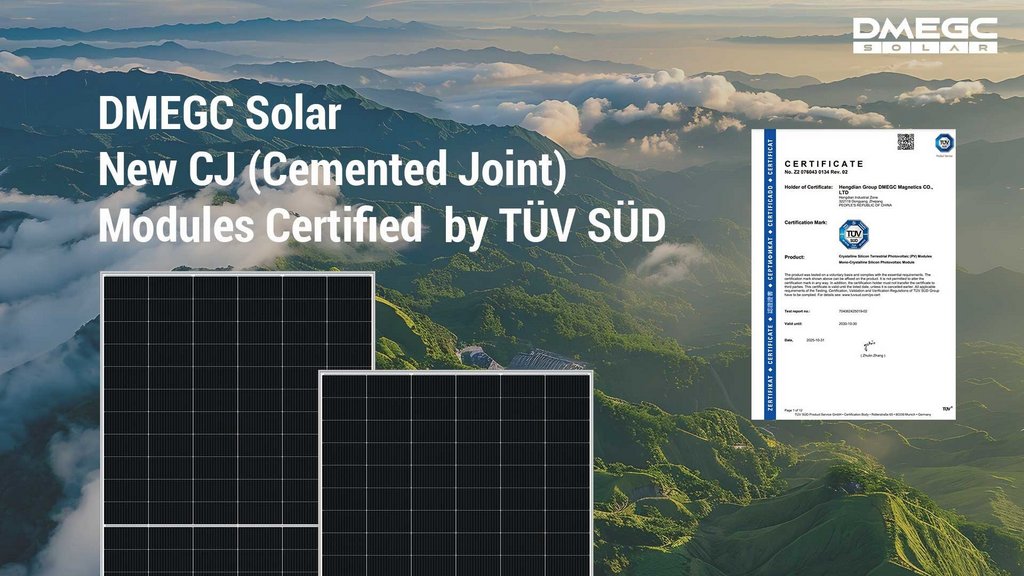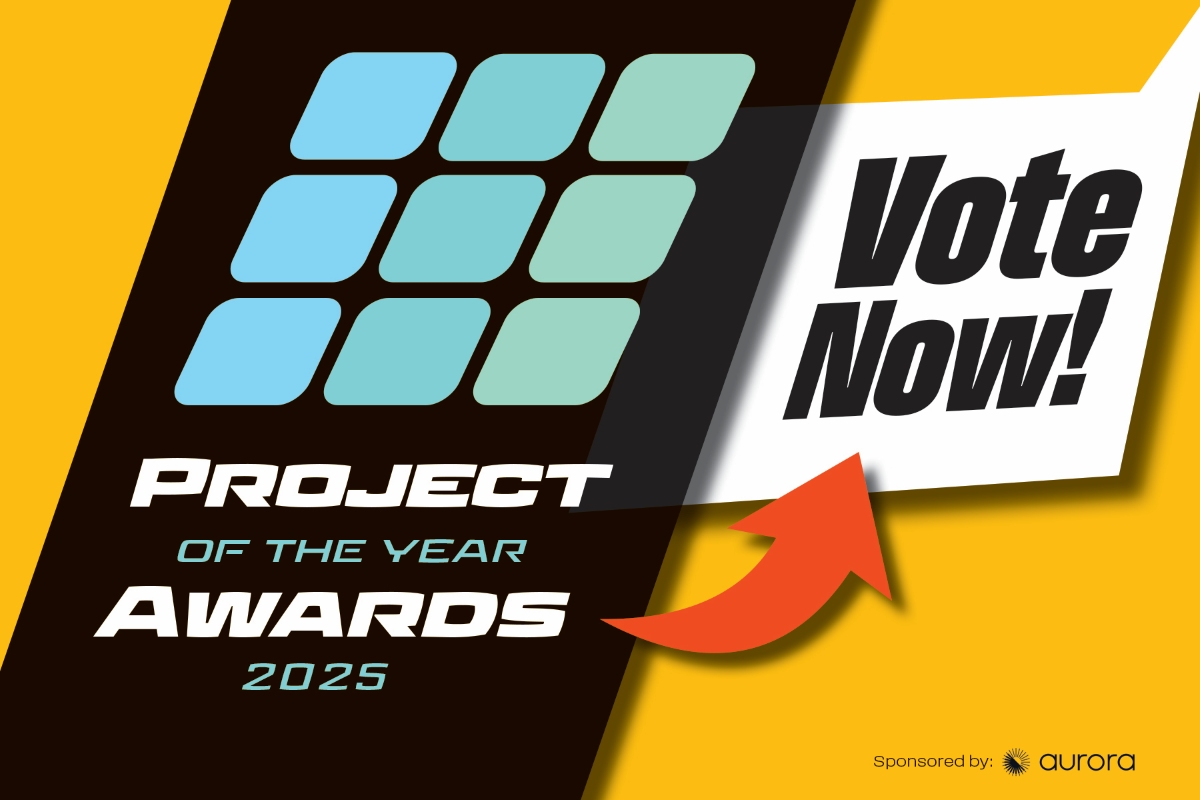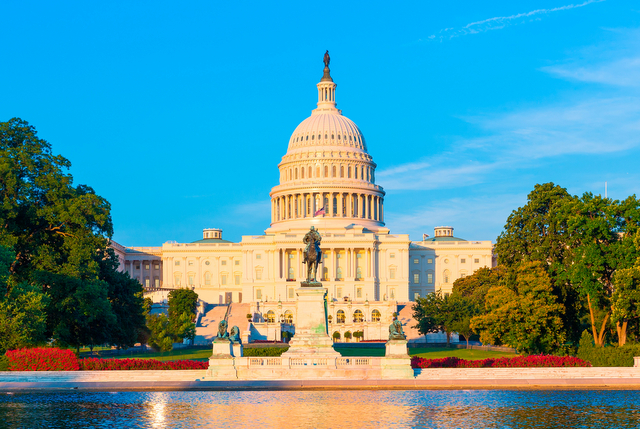Beyond OBBB: Outlook for solar installers without the tax credit in 2026
The Big Beautiful Bill (OBBB) is signed, as is the death warrant for the residential solar tax credit. On Power Forward!, Solar Builder Editor-in-Chief Chris Crowell discusses what solar installers should do next with David Dunlap, VP of product strategy with BayWa r.e.
Watch the full episode above, skip to a section in the timestamps, or listen to the episode as a podcast: Spotify | Apple | Amazon | Podbean
- 0:36 – How to handle the Dec. 31, 2025, deadline for end of ITC
- 3:08 – What qualifies as a “project” to qualify for tax credit by Dec. 31.
- 5:40 – What should solar installers do now to prepare for life after ITC?
- 9:04 – Ways to change my sales approach (and pricing) with no tax credit.
- 13:26 – Is “diversification” strategy still viable without EV and other tax credits?
- 16:52 – The case for getting into commercial solar projects
- 21:07 – Final thoughts: Any silver linings to losing the tax credit?
How to approach the rest of the year and last days of the 25D ITC
We know the 30% tax credit, 25D, will be gone at the end of the year. I want to start thinking about that year-end push. Should I be worried about a rush of projects and how it will impact supply or my purchasing strategy?
The 25D tax credit is the homeowner personal investment tax credit. The lease portion of the market is handled under 48E and that obviously doesn’t expire. There’s some changes and the ramp down, but when we’re talking about the cash and loan, there are fewer strings attached to those tax credit dollars.
I think the important way to think about it is which line are you in as a business? What supply are you aligned to in your business strategy? I mean yes, supply constraint potentially could be an issue if you’re going after product that is in limited supply or in high demand across those other funding streams. I guess my point being: If you have not been selling domestic content product because you’re not selling a domestic content lease, and you haven’t pitched that value to your homeowner, now’s not the time to switch over and say suddenly I want it to sell you this domestic. That is going to be way more constrained.
Solar installer strategy in 2026
The tax credit for homeowners will be gone, and that’s going to fundamentally change the value proposition for the cash and loan solar sale. What should installers be doing to strategize for what comes next in 2026?
This is a conversation we should be having collectively as an industry. I think anybody that believes that the 30% tax credit was the only reason that we were successfully selling solar is deluding themselves.
[The tax credit] made the economic return on investment, the payback, quicker, but you still were showing the homeowner what the total installed cost of the system is because you have to charge that, and then they were recouping it from the government. There are still state incentives that are in place. But your fundamental selling value prop is actually still the same. … Focus on what problem are you solving and what value are you creating for your homeowner.
The real opportunity here for local contractors is to get back in the business of creating value for their customer, instead of believing that my job is to shoehorn you into signing a contract with the lowest number of years payback period or the lowest monthly payment amount. Even saying the value of the project is to eliminate your utility bill, that might still be true, regardless of the tax credit.
The reasons to invest in solar are still 100% valid. You take control of your energy security, your energy future. You’re locking in your production of electricity for the next 30, 40 years. You could be installing backup capability and storage for on-site consumption. In non-net metering locations, that’s a huge value add. You’re creating that grid resiliency. Many people do not attach a hard ROI or a dollar value on those kinds of things. Those tend to be more emotional or security driven.
Considering there is likely to be a lower sales volume without the tax credit, is there anything you’d recommend for changing product mix or something to reduce soft costs to lessen that sticker shock price?
Yes, there definitely are some other approaches. … It’s not going to be the same cookie cutter solution for every single homeowner you talk to. I think that’s something that we lost sight of in the boom when we had just this this wave of door knockers that had a singular value prop. … We should not be paying exorbitant commissions for that kind of sales behavior. So, we can address soft costs. We can address the overall equipment cost stack if we understand what the goal is.
As an individual business, you need to think through your experience, your vast experience of years of selling solar. What are the main opportunities that you have or the main value props for different kinds of customers and what solutions do you have? To your point, maybe it’s a slightly modified line card for cash and loan versus lease. I offer multiple funding opportunities, and I offer multiple product offerings that are tailored to the best opportunity within those different streams, but I know not every customer is a lease customer or I know not every customer has cash.
What we’re going to see in the pricing in the market is, if you’re accessing federal funds, you’ve got a much higher bar not only to qualify for those funds, but to procure the equipment and everything that goes with it. You’ve got this higher cost of acquisition, cost of equipment, and threshold in order to utilize those federal dollars that bring that total invested cost down. Or you can avoid it altogether and buy over here where it can just be imported supply.
The value proposition now is building energy independence or energy utilization. So, start with energy management, start with storage, start with self- consumption, do an energy audit in the home. These are all services that you can sell to a homeowner, and they can be a point of entry as a first stage for repeat business. Maybe now is the time to stand up a service department for repowering and for O&M because there’s a lot of orphan systems in your community.
On that point, the EV tax credit is going away, too, along with other energy efficiency incentives. And if things are just getting more expensive across the board, how does that impact the push for diversification as a strategy for solar installers?
Pick up the rest of the conversation right there:





Comments are closed here.